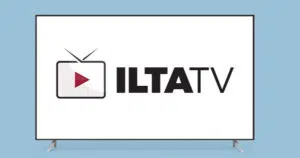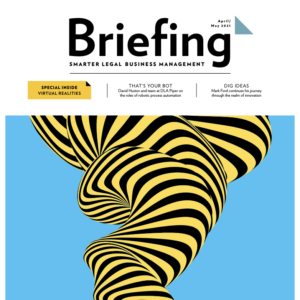blog
Migrating to eDOCS Webinar Wrap-Up
As always, we had a great time talking to our attendees about migration tips and tricks. Our most recent webinar focused on migrating to OpenText eDOCS and we also enjoyed the insight provided by Larry Roy, Senior Director of Product Management at OpenText. For those who attended, and those who are just reading this blog out of sheer luck, we’d like to highlight some of the comments made with regard to the tips and tricks for migrating to eDOCS.
First of all, Larry made a good point when talking about tip number 5 “things are going to break and get lost.” This tip is definitely about making sure your metadata mapping is spot on before you hit the “go” button on a migration. This is why we talk here about testing, and how important test runs are going to be in the process. Larry did a great job of explaining how important it is to take the time to make sure you understand the security permissions within eDOCS and how to interpret legacy data to the target system.
Another point that was highlighted often in the webinar was the importance of planning, training users, and educating advocates along the way. Larry mentioned that this process should begin months in advance of the actual migration. In a real situation, lunch ‘n learns helped an organization foster their advocates and prepare their users for the switch over months. This lead to easier user adoption, and a much better success rate of the migration. Having users on your side is key to migration success!
When asked about how to set a realistic timeline for a migration, both Gage and Larry talked about how that depends on the scope of the migration and how many documents need to be moved over. It also depends on whether your organization is looking to do a synchronized migration, which is less disruptive, or a blackout migration, where you have to stop work for a period of time to make sure you can migrate everything. Larry added that you must have a “measure twice, cut once” mentality going into the migration. It is better to allow for more time than needed so you don’t feel rushed to just do the migration. Leave plenty of time for training and planning!
If you attended the webinar, and want an encore of the presentation, check your email for a link to the recording and password. If you would like additional information, please download the white paper. If you have any additional questions, or would like to schedule a demo of our Velocity Content Migration, feel free to reach put to us through the green “inquire now” button at the top right of the page or email sales@seeunity.com!
Related Posts

Product Updates & Roadmap 2023-24 (Europe Session)

Product Updates & Roadmap 2023-24 (North America Session)

Migration Tool Choice Directly Impacts Project Cost & Success – ILTA Sponsored

SeeUnity’s Product Updates & Current Roadmap Q1 – 2022

Special Edition ILTACON ILTA TV: SeeUnity Interview with Dan Anderson


